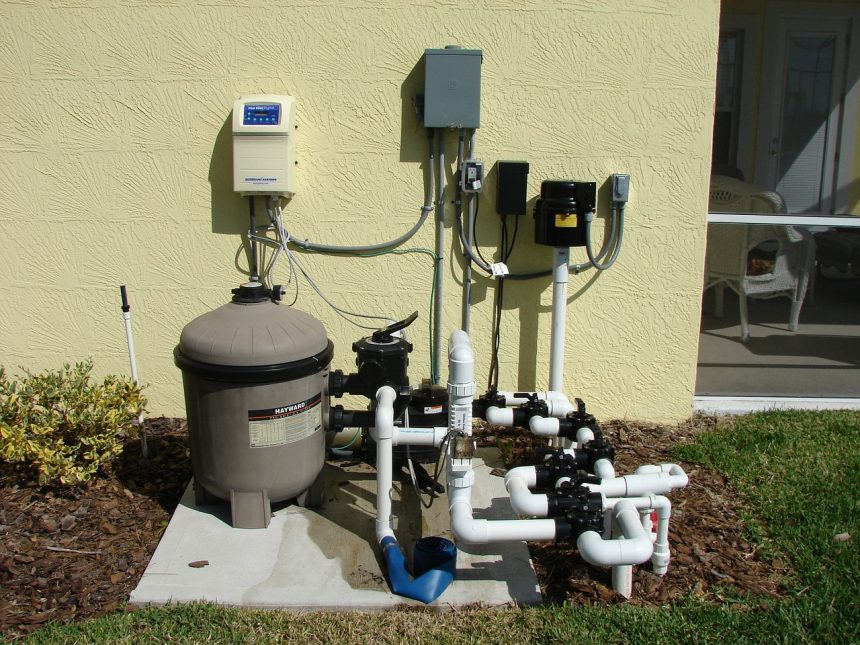It is believed that the first pumps appeared in the distant ancient world. Their appearance coincided with development of agriculture, when it was required to get water from the bowels of the earth for irrigation.
A lifting wheel can be considered the ancestor of all pumps. With its help, water was supplied upward from a depth of up to 4 meters. In ancient Cairo, a chain pump was first used. It lifted water from a depth of 90 meters. The first piston pump was invented by the ancient Greek mechanic Ctesibius. It was used to extinguish fires.
However, rapid development of technology required the emergence of new water-lifting equipment. So, rotary and centrifugal pumps were soon invented. However, they could not fully solve the problem of pumping water due to the lack of powerful engines. And it became possible to pump large volumes of liquid in a short time only with their appearance.
Conventionally, in terms of application, pumps can be divided into industrial and domestic. Dab water pump can familiarize you with the pumping equipment in more detail. Industrial pumps can operate over a wide temperature range, withstand high pressures and viscous media. They are used in various industries, as well as in water treatment and cooling systems.
Household pumps are compact, but less powerful, although they work quite quietly. They find various applications in everyday life, from watering summer cottages to filling pools and the operation of heating and sewage systems.
In summer cottages, well and hand pumps are most often used. But you can find circular pumps in the rooms that pump water in heating systems. They have several modifications and come with a dry and wet rotor. Both types of pumps help maintain efficient operation of the heating system.
Image by Gregory Beaty from Pixabay






